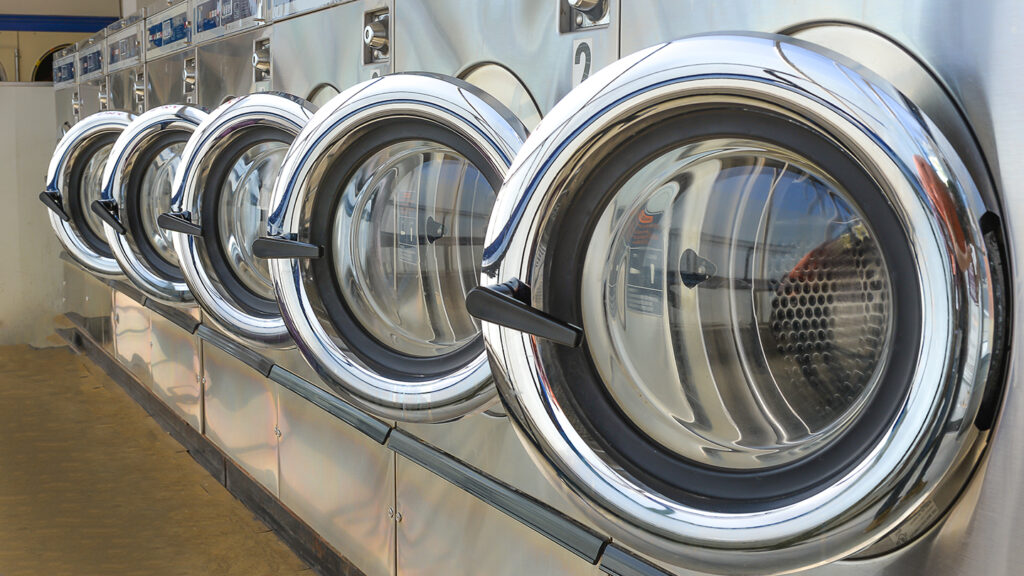
With all the pressing matters facing senior living and care providers, it’s unclear how high green energy initiatives are on their list of priorities with on-premise laundry operations. For the association representing commercial laundry suppliers and processors, however, it’s very significant.
Sustainability, carbon footprint reduction and environmentally friendly chemistry are prime for continued innovation, said Ken Koepper, director, member and industry relations for TRSA.
“Proper wash chemistry plays a critical role in ensuring linen services become more effective and meet hygiene standards,” Koepper said. “Chemical formulas … contribute mightily to reducing costs and improving productivity in ensuring cleanliness.”
Koepper stressed that water consumption per laundry pound has declined steadily, due in part to large tunnel washers that move multiple loads through a line of batches containing a combination of water and/or chemicals that can be used repeatedly.
“Every wash cycle for every type of linen or garment has a formula: a customized balance of chemistry, run time, water temperature and mechanical action,” Koepper said. “Formulas are optimized to balance productivity, chemical levels, water requirements and energy use with overall quality.
Other environmental innovations in laundry chemistry include the use of fewer phosphates and near-elimination of nonylphenol ethoxylate surfactants. Finding ways to activate chemicals at lower temperatures also conserves energy, whereas oxygen bleaching is being used instead of chlorine.
Laundry equipment and chemistry makers also have been engineering better methods to mitigate the spread of multidrug-resistant pathogens. A former principal scientist and products researcher with Procter & Gamble Professional told McKnight’s that whatever chemicals are used, it’s critical to understand the distinction between disinfection and cleaning and the order in which the steps are performed.
“The future of commercial laundry looks promising, as continuous advancements promise further enhancements in cost reduction, productivity, sustainability and hygiene,” Koepper said.

